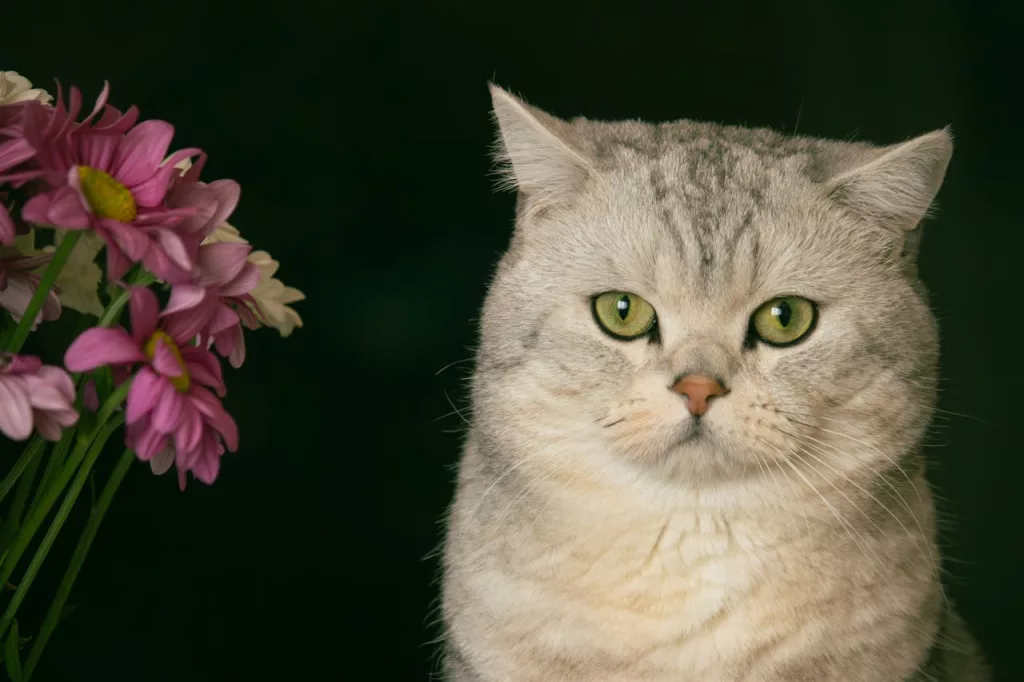Cats are fascinating creatures. Their quirky behaviors often leave us puzzled, amused, or both. Two of the most common—and endearing—behaviors are kneading and purring. But why do cats do these things? To truly appreciate our feline friends, it helps to understand the instincts and emotions driving these actions.
Why Do Cats Knead?
Kneading is when a cat rhythmically pushes its paws in and out against a soft surface—like your lap, a blanket, or even your stomach. Some people call it “making biscuits,” because it looks like they’re working dough.
This behavior starts early. Kittens knead their mother’s belly to stimulate milk flow while nursing. It’s instinctive and comforting. Even as adults, cats continue to knead because it reminds them of the safety and contentment of kittenhood.
There are other reasons too. Cats have scent glands in their paws. When they knead, they’re also marking territory, leaving behind a subtle scent that says, “This is mine.” You might notice your cat kneads more when relaxed and happy. It’s often a sign they feel secure in their environment.
Some cats also knead to prepare a sleeping spot. In the wild, cats would pat down grass or leaves to create a soft resting place. The instinct remains, even if your cat is fluffing up a pile of pillows instead.
Why Do Cats Purr?
Purring is one of the most recognizable cat behaviors. It’s a low, continuous vibration that usually signals contentment. When your cat curls up next to you and purrs, it’s a strong sign they’re relaxed and happy.
But purring isn’t just about pleasure. Cats also purr when they’re scared, in pain, or recovering from injury. Researchers believe purring may have healing benefits. The frequency of a cat’s purr—typically between 25 and 150 Hertz—has been shown to promote tissue regeneration and reduce inflammation. It’s thought to be a self-soothing mechanism that helps cats heal and stay calm.
Mother cats also purr to communicate with their kittens, which are born blind and deaf. The vibrations guide the kittens to their mother for warmth and feeding. Adult cats might purr around humans for similar reasons—it’s a way to communicate trust and foster a bond.
What These Behaviors Mean for You
When your cat kneads your lap or purrs by your side, take it as a compliment. It means they trust you and feel comfortable in your presence. Even if those kneading claws can get a little sharp, it’s rooted in affection.
If your cat is purring but seems tense or is hiding, it might be a sign of stress or discomfort. Pay attention to body language—ears back, tail tucked, dilated pupils—and consider a vet check if something feels off.
Conclusion
Kneading and purring are more than just cute cat quirks. They’re deeply ingrained behaviors tied to comfort, communication, and even healing. By understanding these instincts, you’ll deepen your connection with your cat and better meet their emotional needs. In the end, it’s just one more way our feline companions keep life interesting—and keep us guessing.

